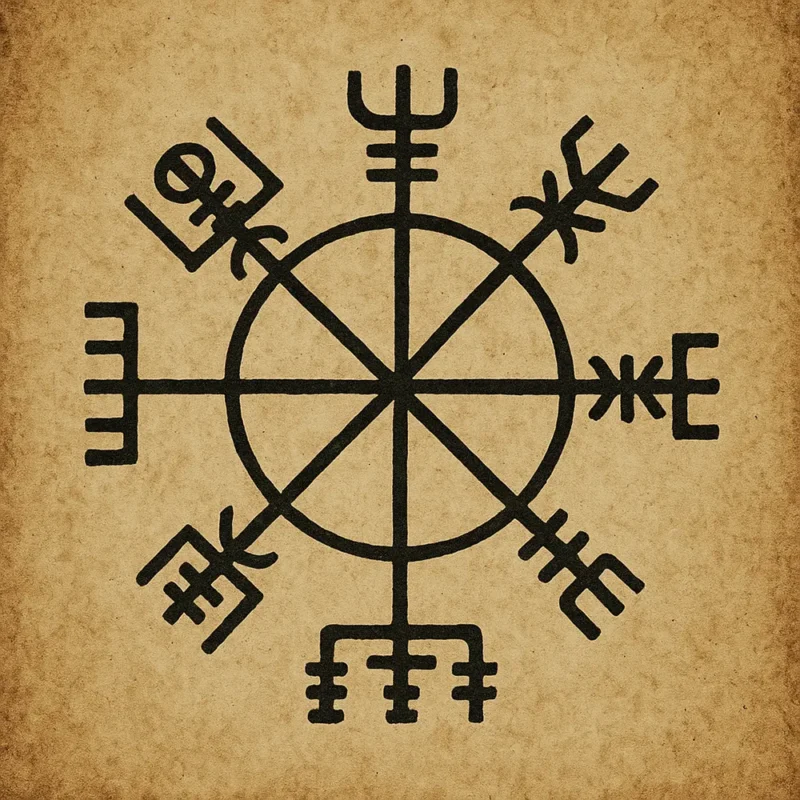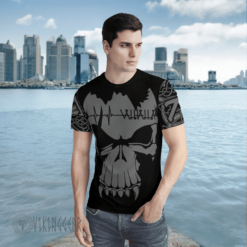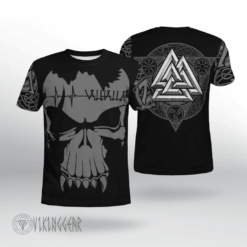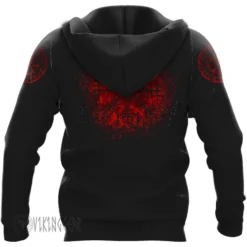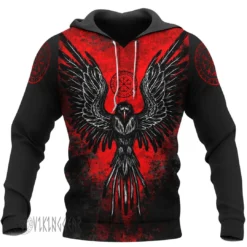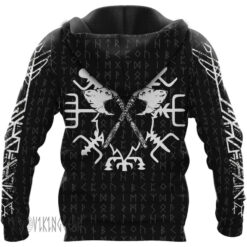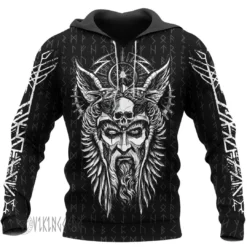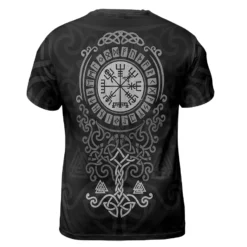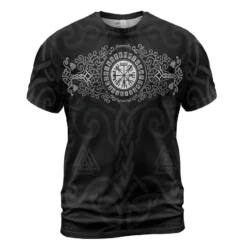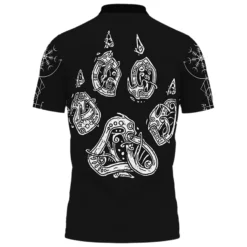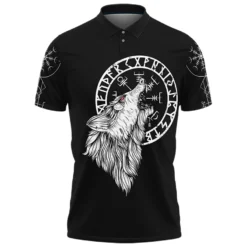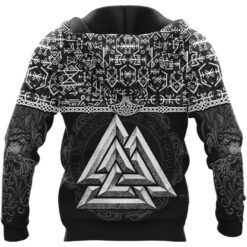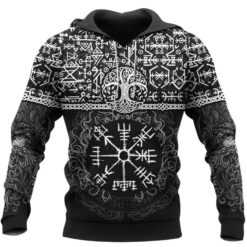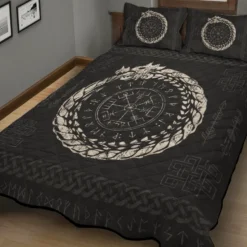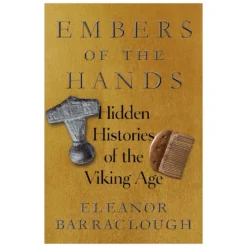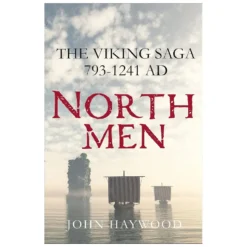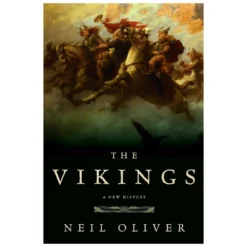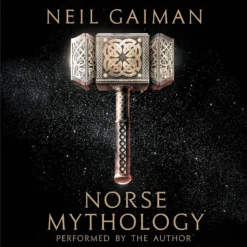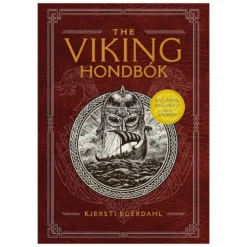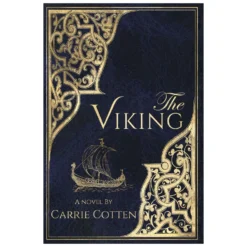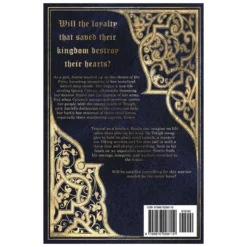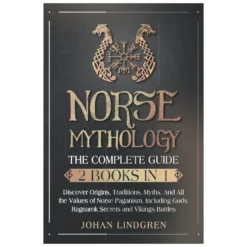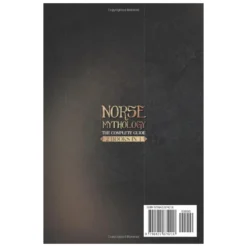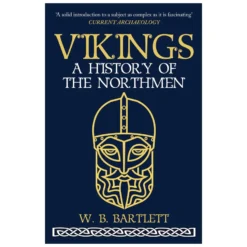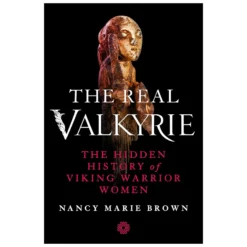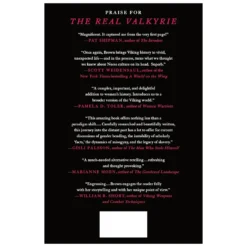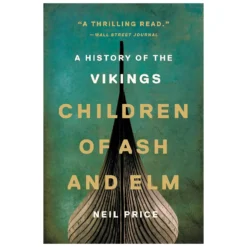Viking Blog
Norse Compass: 7 Fascinating Facts About the Viking Vegvísir
People know the Vikings for their bold trips over rough seas and unknown lands. But how did these ancient mariners navigate such treacherous waters? The Norse Compass, or Vegvísir, is a key symbol of Norse heritage. It serves as a practical guide and a mystical emblem. Legends, mysteries, and cultural meanings fill the story of the Vegvísir. Here are seven intriguing facts about the Norse Compass. This symbol still captures our imagination today.
1. What is the Norse Compass (Vegvísir)?
The Vegvísir, or Norse Compass, is an Icelandic magical stave. It has eight staves that spread out from a center, looking like a compass rose. Its name comes from Old Norse: “vegur” (way, road) and “vísir” (pointer, guide). Together, Vegvísir means “wayfinder” or “signpost.”
- Symbolic Use: The Norse Compass guided its user through storms, darkness, or new places, even when the path was unclear.
2. The Vegvísir Is Not an Ancient Viking Artifact
The Norse Compass has strong ties to the Vikings. The first known mentions appear in 17th-century Icelandic grimoires. These are books of magic. This is long after the Viking Age ended. The symbol is a prominent feature of the Huld Manuscript (1860), compiled by Geir Vigfússon.
- Why the Confusion? Many link the Vegvísir to Viking navigation. This connection draws on its look and its links to Icelandic folklore, which has rich Norse roots.
- Modern Myth: Vikings didn’t use this symbol, but it’s now popular for Norse exploration and guidance.
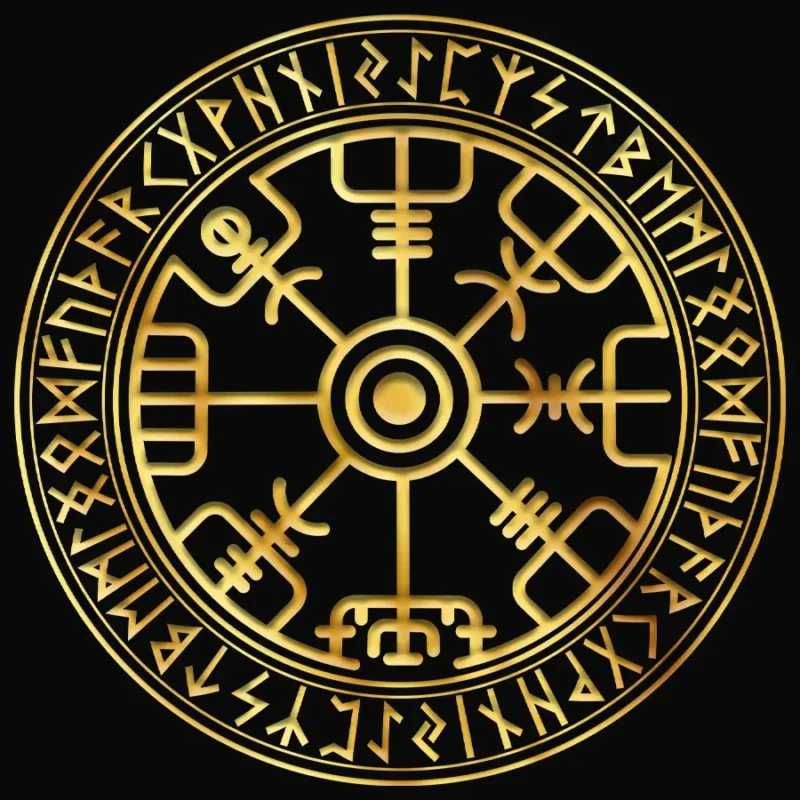
3. Magical Symbolism: More Than Just a Compass
The Norse Compass wasn’t a physical tool, such as a magnetic compass or sunstone. Instead, it was a magical sigil. Its purpose was to ensure that one would never lose their way, even in the worst conditions.
- Protection and Guidance: Icelandic magical texts say that if you have or draw the Vegvísir, you will always find your way in storms or bad weather. This holds true even when the path is unclear.
- Spiritual Tool: Today, many people see the Norse Compass as a symbol. It represents spiritual direction, inner strength, and resilience.
4. Connections to Other Norse Symbols
The Norse Compass is like other Viking symbols. One example is the Ægishjálmur, or Helm of Awe. This is a magical stave used for protection and victory.
- Symbolic Language: The Vegvísir and Ægishjálmur are part of the galdrastafir tradition. These are magical symbols made for specific purposes.
- Design Elements: The symmetrical design and radiating lines suggest reaching in all directions. This highlights universality and adaptability.
5. The Vegvísir in Modern Culture
In recent years, the Norse compass has become a powerful symbol of modern culture.
- Popular Tattoos and Jewelry: Many people show off the Vegvísir on jewelry, clothing, and tattoos. People often choose it for guidance, protection, or a link to their Norse heritage.
- Viking Festivals and Reenactments: This symbol appears at Norse-themed events. It shows our interest in history and our spiritual goals.
- Pop Culture: The Norse Compass appears in TV shows, books, video games, and movies about Viking lore and mythology.
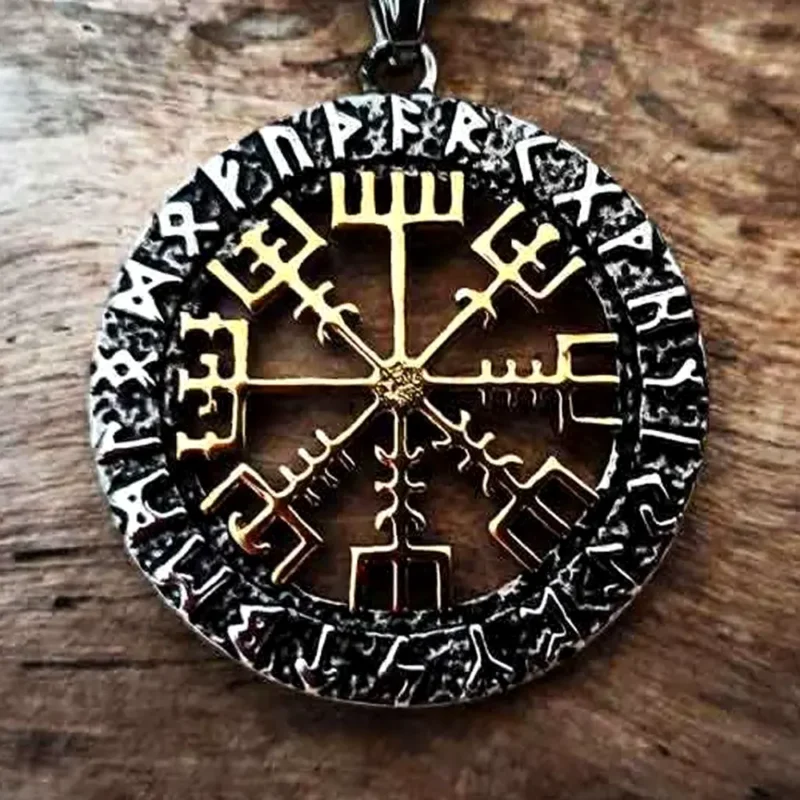
6. The Sunstone and Viking Navigation
The Vegvísir wasn’t a real navigational tool from the Viking Age. Still, Norse sailors had clever methods to find their way at sea.
- Sunstone (Solarsteinn): Icelandic sagas describe a sunstone, likely Iceland spar. This stone could help find the sun’s location, even when it’s cloudy. This was a real navigational aid for Vikings, unlike the magical Vegvísir.
- Expert Seafaring: Vikings used their knowledge of winds, waves, birds, and stars. Generations handed down these skills.
7. How to Use the Norse Compass Today
Though not a physical compass, the Vegvísir has powerful symbolic uses in the modern world.
- As a Personal Talisman: Many people wear the Norse Compass for luck. It guides them and shows them their true path.
- In Mindfulness and Meditation: The Vegvísir acts as a visual guide. It helps you stay on your path, even when life gets tough.
- Cultural Heritage: If you have Norse or Icelandic roots, this is a special way to honor your ancestors.
Conclusion: The Enduring Mystery of the Norse Compass
The Norse Compass—the Vegvísir—is a symbol that bridges the worlds of history, myth, and modern meaning. The Vegvísir inspires many. People wear it as a talisman, ink it as a tattoo, or study it as part of a magical tradition. It offers guidance and strength. Though it didn’t steer Viking ships, its legacy remains strong. It serves as a beacon for the lost and brave. Even in dark times, there’s always a path forward.

